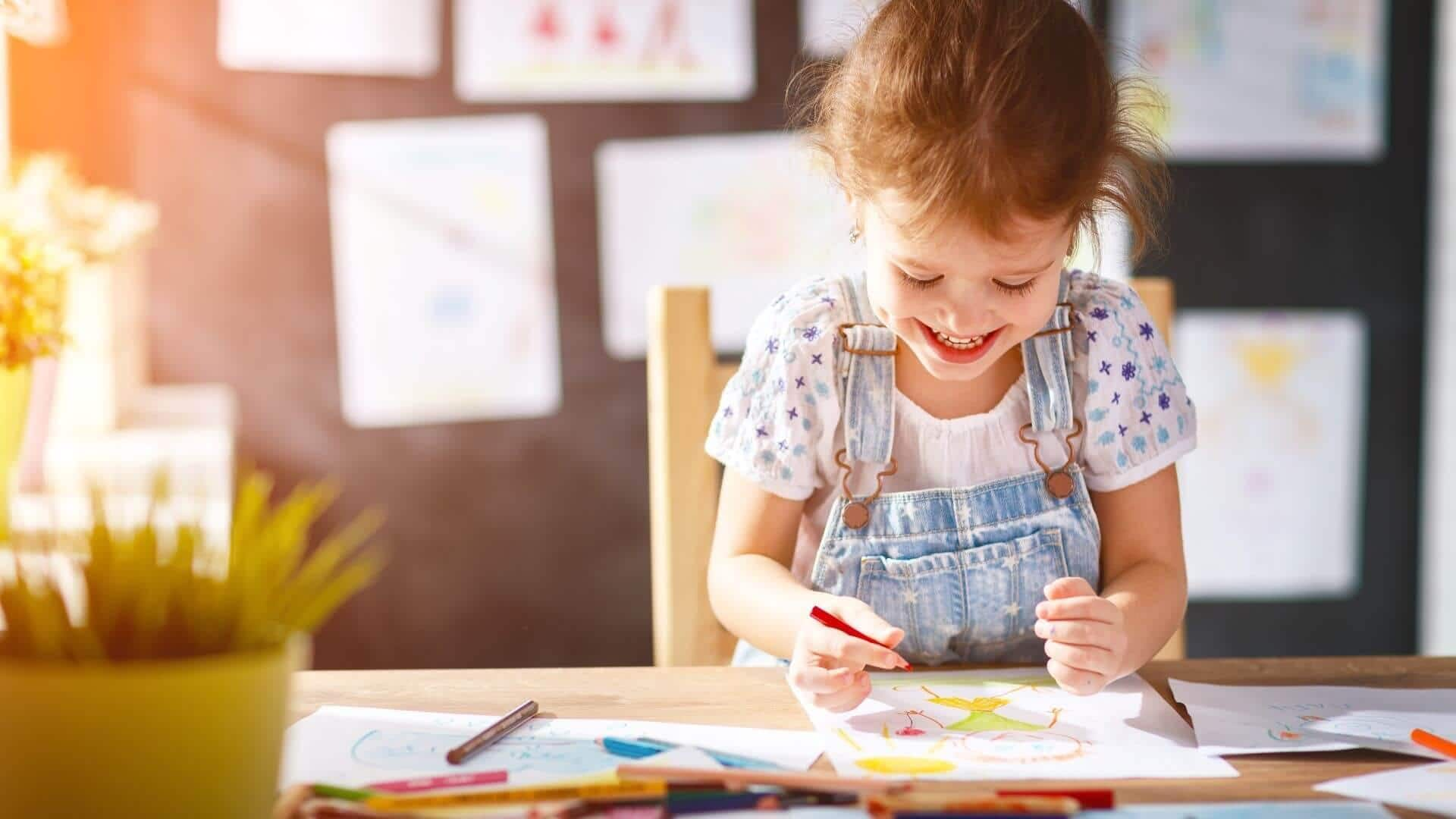
How art improves kids' communication skills
What's the story
Art activities are a great way to improve communication skills in children. These activities not only encourage creativity but also improve verbal and non-verbal communication. By engaging in art, kids can express themselves better, understand others better, and develop confidence in their ability to communicate. Here are five ways to use art activities to improve communication skills in children.
Visual narratives
Drawing and storytelling
Drawing gives children a chance to narrate stories visually. When they draw, kids think about how to represent their thoughts on paper, which improves their ability to organize ideas and express them clearly. Asking children to draw a scene from a story or their own imagination can encourage them to articulate the story behind the drawing, improving both verbal skills and narrative coherence.
Theatrical expression
Role-playing through drama
Role-playing games give kids a chance to step into someone else's shoes and practice different scenarios. This not only improves empathy but also gives them a chance to practice dialogue and interaction in a safe environment. By participating in drama activities, kids learn how to adjust their tone, body language, and expressions according to different roles and situations.
Team Creativity
Collaborative art projects
Collaborative art projects bring kids together to work toward a common goal. These activities require them to communicate their ideas, listen to others, and negotiate roles within the group. Working together on projects like murals or sculptures fosters teamwork and teaches children how to express their opinions while respecting different perspectives.
Auditory interaction
Music and rhythm games
Music activities such as singing or playing instruments help improve auditory skills, which are critical for effective communication. Rhythm games also help children develop timing and coordination, which are important for non-verbal cues like gestures and facial expressions. These activities encourage active listening, which is key to understanding spoken language.
Hands-on communication
Crafting with purpose
Crafting activities, like making models or designing cards, give kids a chance to communicate through hands-on work. These activities require instructions to be followed carefully and ideas to be shared among peers or family members involved in the process. Crafting helps kids learn how to convey complex ideas using simple materials while improving patience and focus.